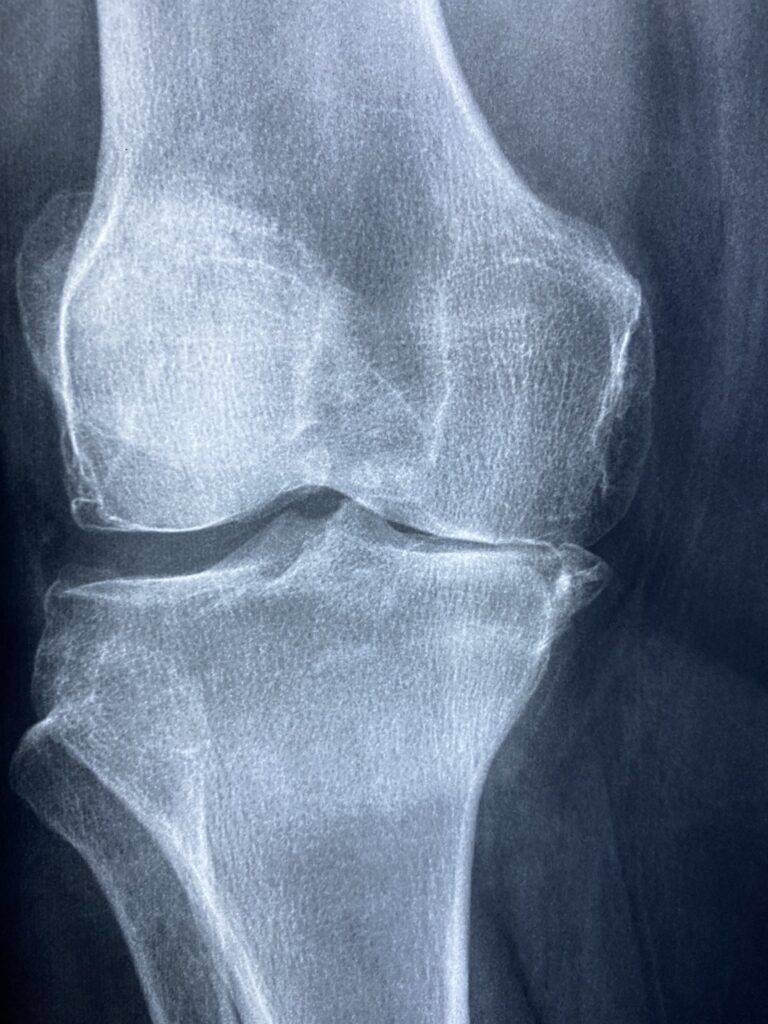Nausea is a sensation of discomfort or unease in the stomach, often accompanied by an inclination to vomit. It can be a common symptom of various underlying conditions and may range from mild and temporary to severe and persistent. Understanding the causes, symptoms, and management strategies for nausea can help individuals effectively cope with this unpleasant sensation.
Types of Nausea: Nausea can occur as a symptom of numerous conditions, including:
- Gastrointestinal issues: Such as gastritis, gastroenteritis, acid reflux, or gastrointestinal infections.
- Motion sickness: Triggered by movement, such as traveling in a car, boat, or airplane.
- Pregnancy-related nausea: Commonly known as morning sickness, it occurs during the early stages of pregnancy.
- Medication side effects: Some medications, such as chemotherapy drugs, antibiotics, or painkillers, may cause nausea as a side effect.
- Emotional factors: Stress, anxiety, or psychological disorders may contribute to feelings of nausea.
- Medical conditions: Serious conditions such as migraines, vertigo, inner ear disorders, or chronic diseases can also induce nausea.
Symptoms of Nausea: The symptoms of nausea may vary depending on the underlying cause and individual factors. Common signs and symptoms include:
- Feeling queasy or unsettled in the stomach
- Increased salivation or mouth watering
- Sweating or clamminess
- Pale skin
- Loss of appetite
- Dizziness or lightheadedness
- Vomiting (in severe cases)
Causes and Risk Factors: Several factors can contribute to the development of nausea, including:
- Gastrointestinal disorders: Such as gastritis, peptic ulcers, or gastroenteritis.
- Infections: Viral or bacterial infections affecting the stomach or intestines.
- Medications: Certain medications, particularly those that affect the gastrointestinal tract or central nervous system.
- Pregnancy: Hormonal changes during pregnancy can lead to morning sickness.
- Motion sickness: Sensitivity to motion or changes in balance.
- Emotional stress: Anxiety, fear, or other emotional factors can trigger nausea.
- Underlying medical conditions: Such as migraines, vertigo, or inner ear disorders.
Diagnosis: Diagnosing the underlying cause of nausea typically involves a comprehensive medical history review, physical examination, and may include additional tests such as blood tests, imaging studies, or endoscopic procedures to identify any underlying conditions or contributing factors.
Pharmacokinetics (PK) and Pharmacodynamics (PD) of Nausea: Pharmacokinetics refers to how medications are absorbed, distributed, metabolized, and excreted by the body, while pharmacodynamics refers to how drugs exert their effects on the body. In the context of nausea, PK and PD studies help researchers understand how anti-nausea medications are processed in the body and how they interact with receptors in the central nervous system and gastrointestinal tract to alleviate symptoms.
Pharmacological Treatment: Pharmacological treatment options for nausea may include:
- Antiemetic medications: Such as ondansetron, metoclopramide, or promethazine, which work by blocking signals in the brain that trigger nausea and vomiting.
- Prokinetic agents: Medications like domperidone or metoclopramide that help improve gastric motility and reduce nausea and vomiting associated with gastrointestinal disorders.
- Antihistamines: Drugs like dimenhydrinate or meclizine, which are often used to prevent motion sickness by blocking histamine receptors in the brain.
- Cannabinoids: Synthetic cannabinoids such as dronabinol or nabilone may be prescribed to alleviate nausea and vomiting, particularly in patients undergoing chemotherapy or experiencing refractory symptoms.
Non-Pharmacological Treatment: Non-pharmacological strategies to manage nausea include:
- Dietary modifications: Avoiding spicy, greasy, or heavy meals that may exacerbate nausea, and opting for bland, easily digestible foods.
- Hydration: Drinking small amounts of clear fluids, such as water, ginger ale, or electrolyte solutions, to stay hydrated and prevent dehydration.
- Acupressure or acupuncture: Stimulating specific pressure points on the body or using acupuncture techniques may help alleviate nausea in some individuals.
- Relaxation techniques: Practicing deep breathing exercises, meditation, or guided imagery to reduce stress and anxiety, which can contribute to nausea.
Conclusion: Nausea is a common symptom that can be caused by various underlying conditions, medications, or emotional factors. Understanding the causes and risk factors for nausea, as well as implementing appropriate management strategies, can help individuals effectively cope with this uncomfortable sensation. Whether through pharmacological treatments, non-pharmacological interventions, or a combination of both, addressing nausea can significantly improve quality of life and overall well-being. If nausea persists or is accompanied by other concerning symptoms, it is important to consult with a healthcare professional for further evaluation and management.




